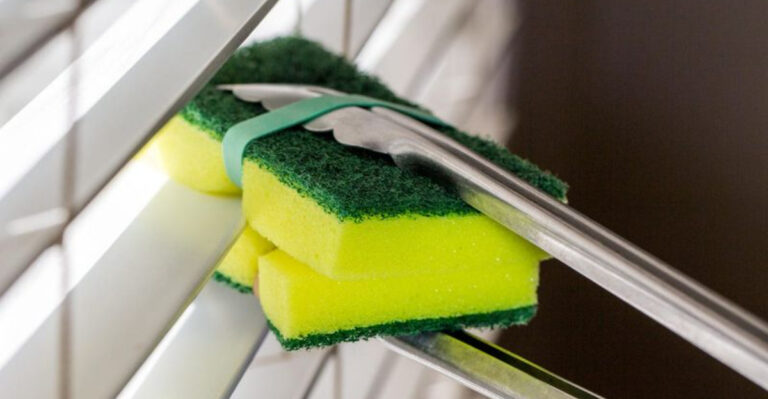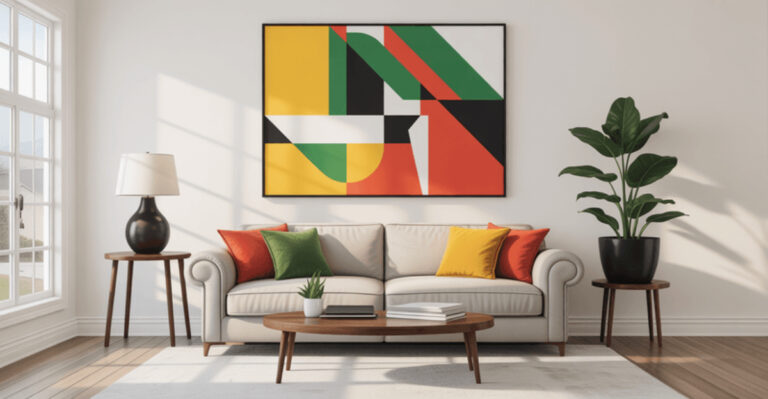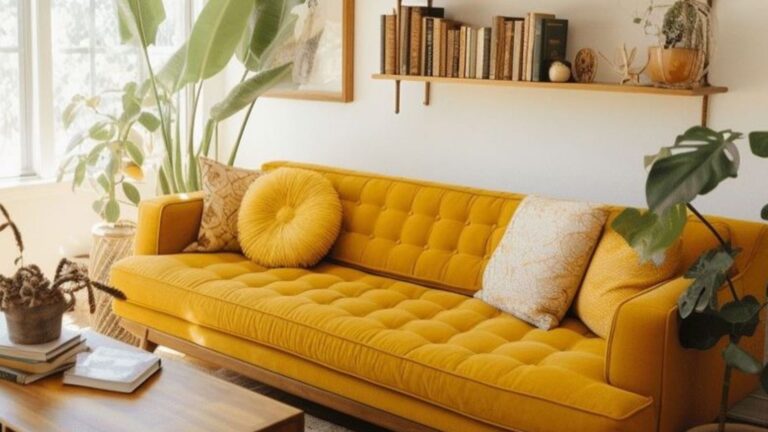15 Rooms And Parts Of The House You Should Never Put Carpet In
Carpet brings warmth and comfort to our homes, but not every space welcomes this fuzzy floor covering. Some areas simply don’t mix well with carpet due to moisture, heavy traffic, or practical concerns.
Before you roll out that new carpet, check out these 15 spots where carpet is a definite no-go for your home’s health and your sanity!
1. Bathrooms
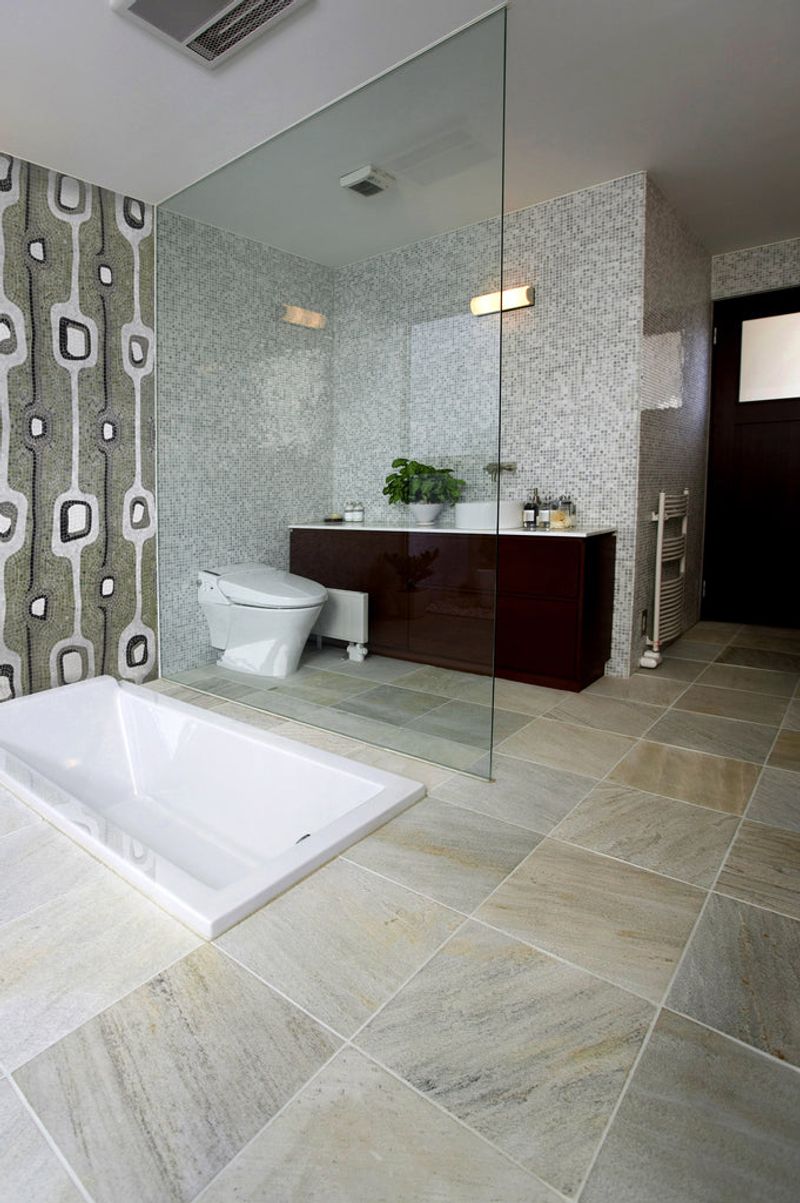
Nothing says “mold factory” quite like bathroom carpet! Water from showers, sinks, and toilets creates a breeding ground for bacteria and mildew beneath those fibers.
Even with regular cleaning, moisture inevitably seeps into the padding. Tile, vinyl, or waterproof laminate offers much more practical alternatives for this wet zone.
2. Kitchen Floors
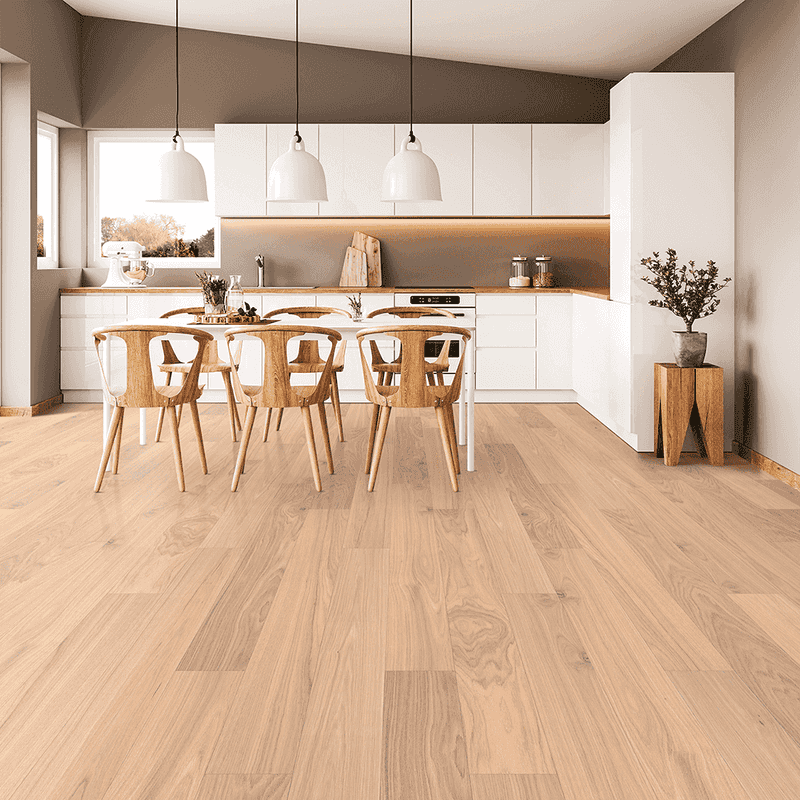
Imagine spilled spaghetti sauce, cooking oil splatter, and dropped eggs nestling into carpet fibers. Not a pretty picture, right?
Kitchen messes happen constantly, making carpet a cleaning nightmare. Hard surfaces like ceramic tile or luxury vinyl allow for quick wipe-ups and won’t absorb food odors that carpet inevitably would.
3. Laundry Rooms
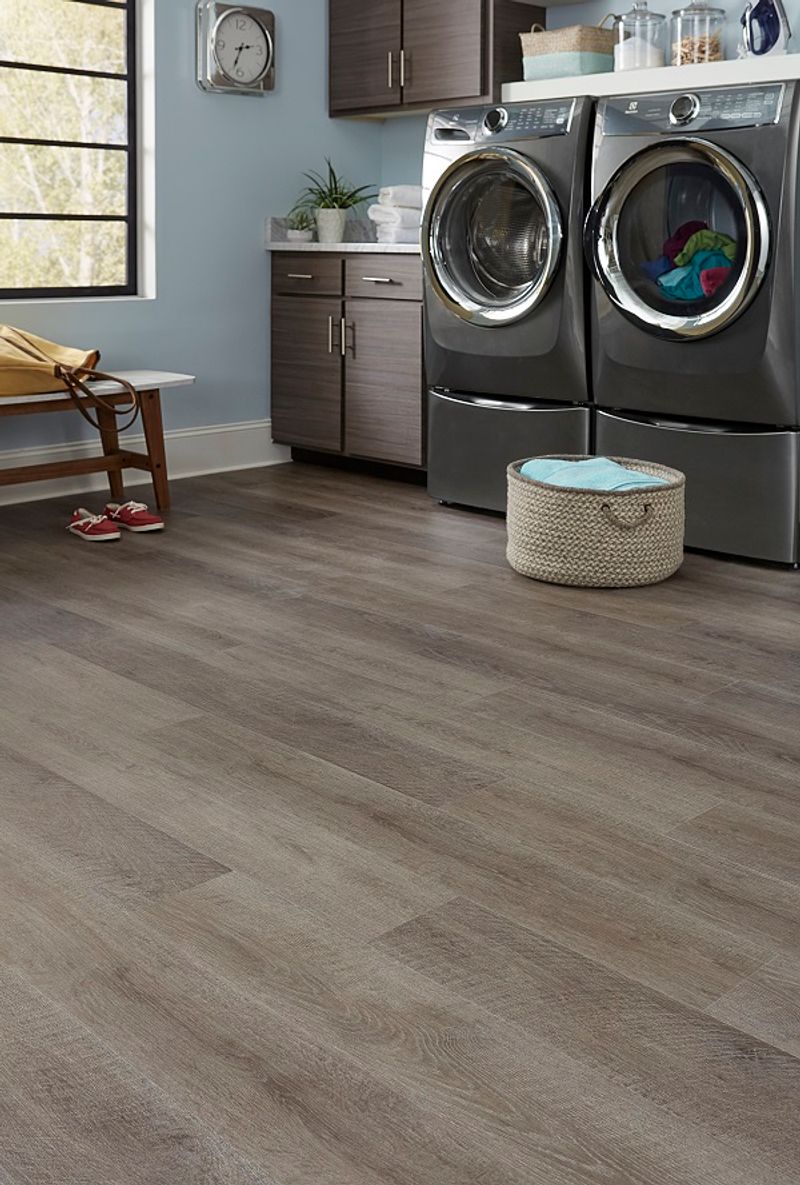
Between potential leaks from washing machines, detergent spills, and lint accumulation, laundry rooms present triple trouble for carpeting.
Water damage can lurk undetected under carpet padding until mold takes hold. Opt for water-resistant flooring like sheet vinyl or ceramic tile that stands up to occasional floods and cleaning chemicals.
4. Basement Areas
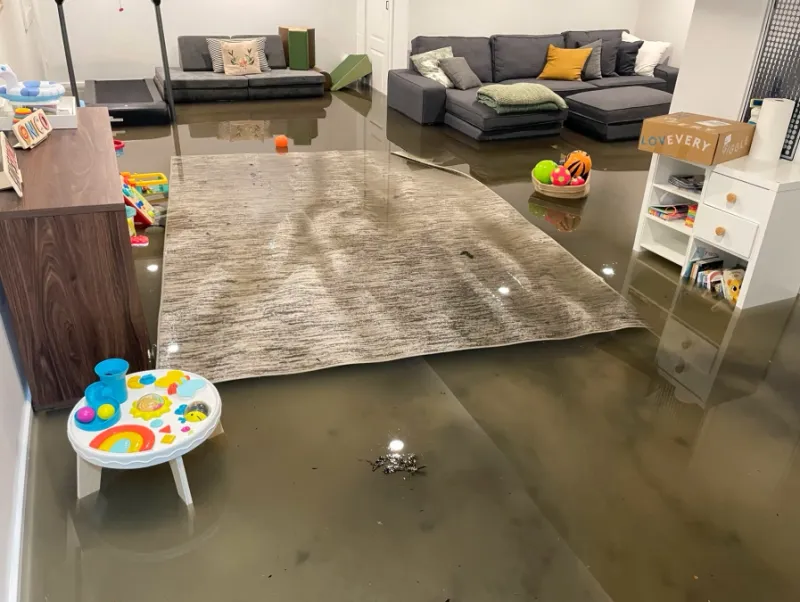
Many homeowners learn this lesson the hard way after flooding or humidity ruins their plush basement carpet. Underground spaces naturally attract moisture through concrete foundations.
Even in seemingly dry basements, carpet can trap humidity and develop that distinctive musty smell. Consider engineered vinyl plank or specialized basement flooring systems designed to handle subterranean conditions.
5. Entryways and Foyers
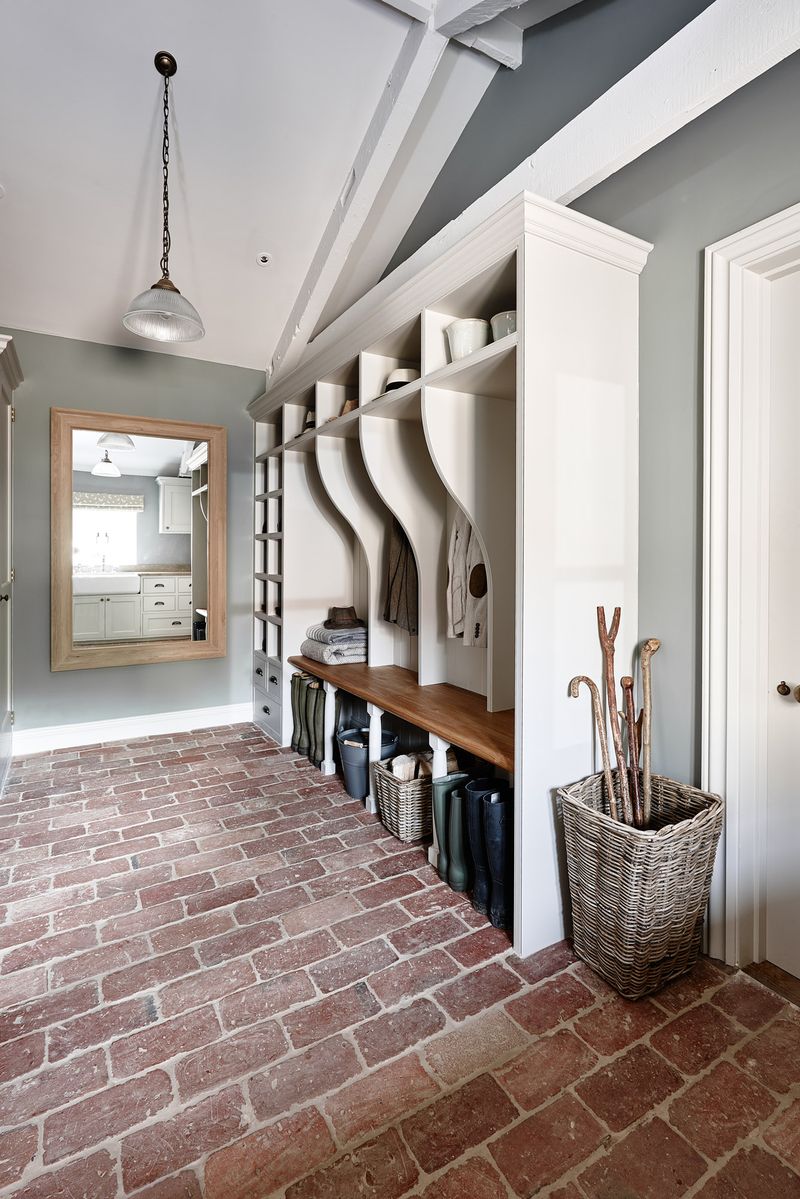
As the transition zone between outdoors and in, entryways take the brunt of muddy shoes, wet umbrellas, and tracked-in debris.
High traffic makes carpet here wear down quickly, looking shabby long before its time. Durable materials like slate, ceramic tile, or engineered hardwood create a more practical and impressive welcome area that stands up to daily abuse.
6. Dining Areas
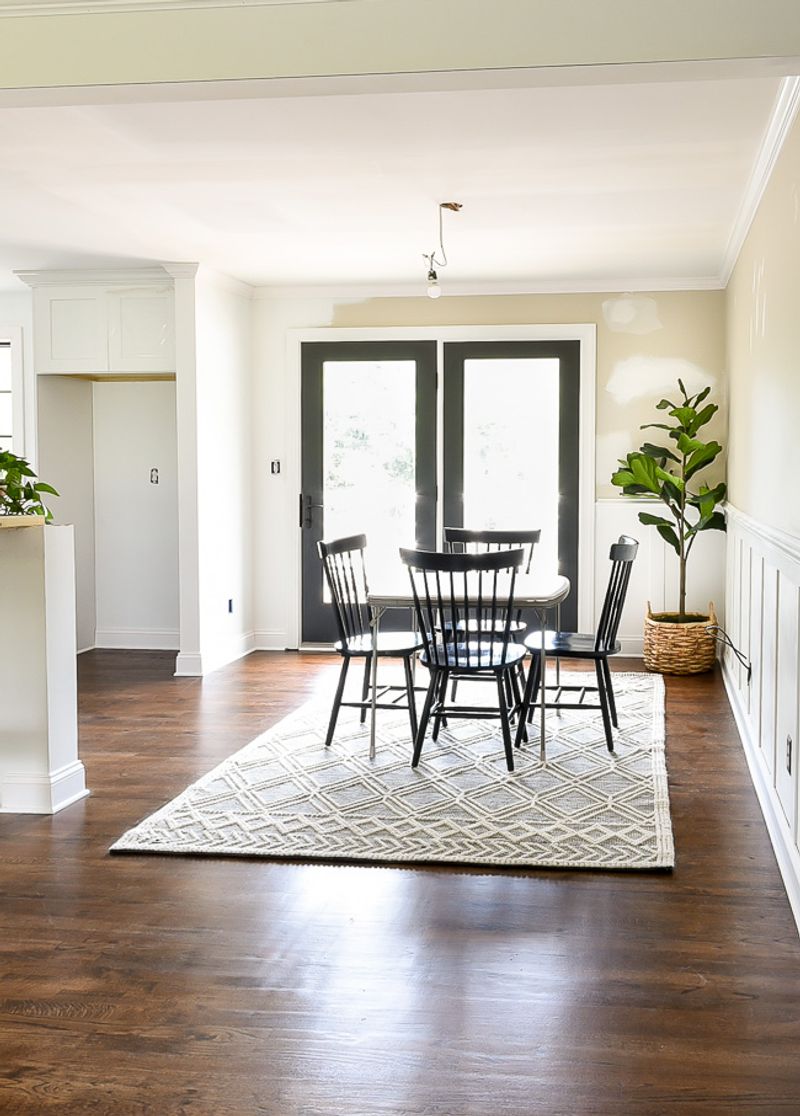
Food fights might be rare in your home, but even careful eaters drop crumbs, spill drinks, and occasionally knock over wine glasses.
Repeatedly cleaning food stains from carpet fibers is frustrating and rarely completely successful. Hardwood, laminate, or tile dining areas allow you to enjoy meals without stressing over every dropped morsel.
7. Sunrooms and Enclosed Porches

Abundant sunshine feels wonderful but wreaks havoc on carpet fibers through UV damage, causing fading and deterioration.
These spaces often experience temperature fluctuations and humidity from outdoor exposure. Materials like indoor/outdoor tile, luxury vinyl, or even sealed concrete provide better durability while maintaining the casual, bright atmosphere sunrooms deserve.
8. Mud Rooms
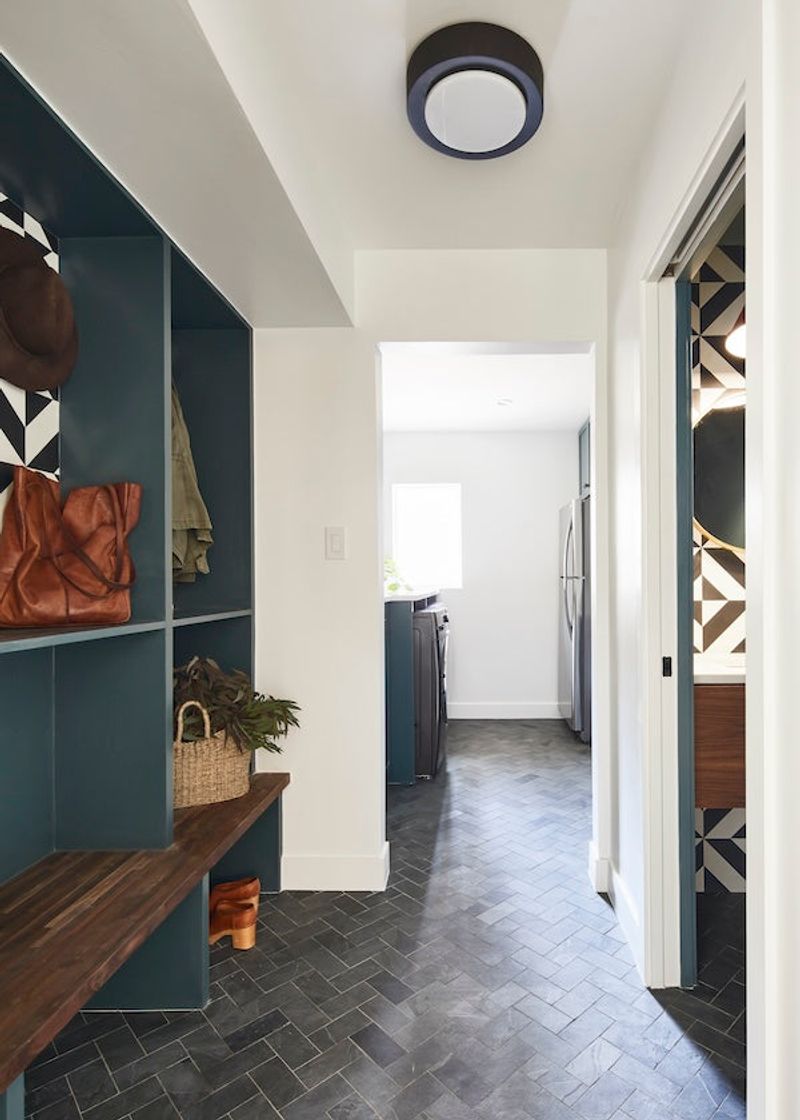
The clue is in the name! Designed specifically for removing dirty shoes, wet coats, and muddy paws, mud rooms and carpet are mortal enemies.
This transition space needs flooring that can handle moisture, dirt, and frequent cleaning. Slate, ceramic tile, or luxury vinyl planks offer both durability and style while standing up to whatever the outdoors throws at them.
9. Around Swimming Pools
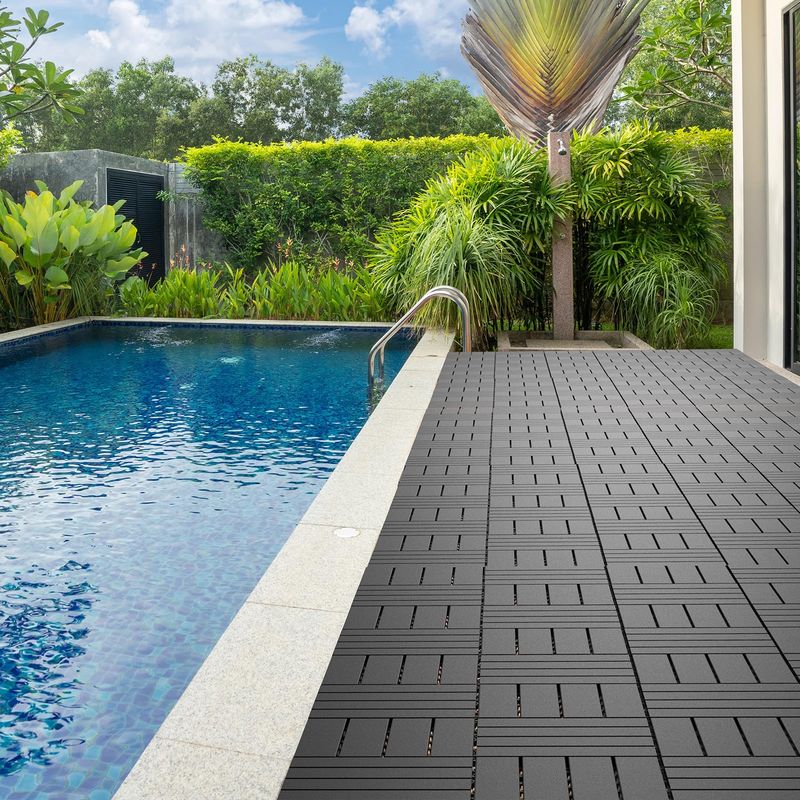
Wet feet and carpet create a dangerous slipping hazard, not to mention the chlorine and pool chemicals that can damage fibers.
Poolside areas need non-slip surfaces that drain well and resist water damage. Textured concrete, special pool deck materials, or outdoor-rated porcelain tile provide safer, more practical options that won’t grow mold or mildew.
10. Craft Rooms
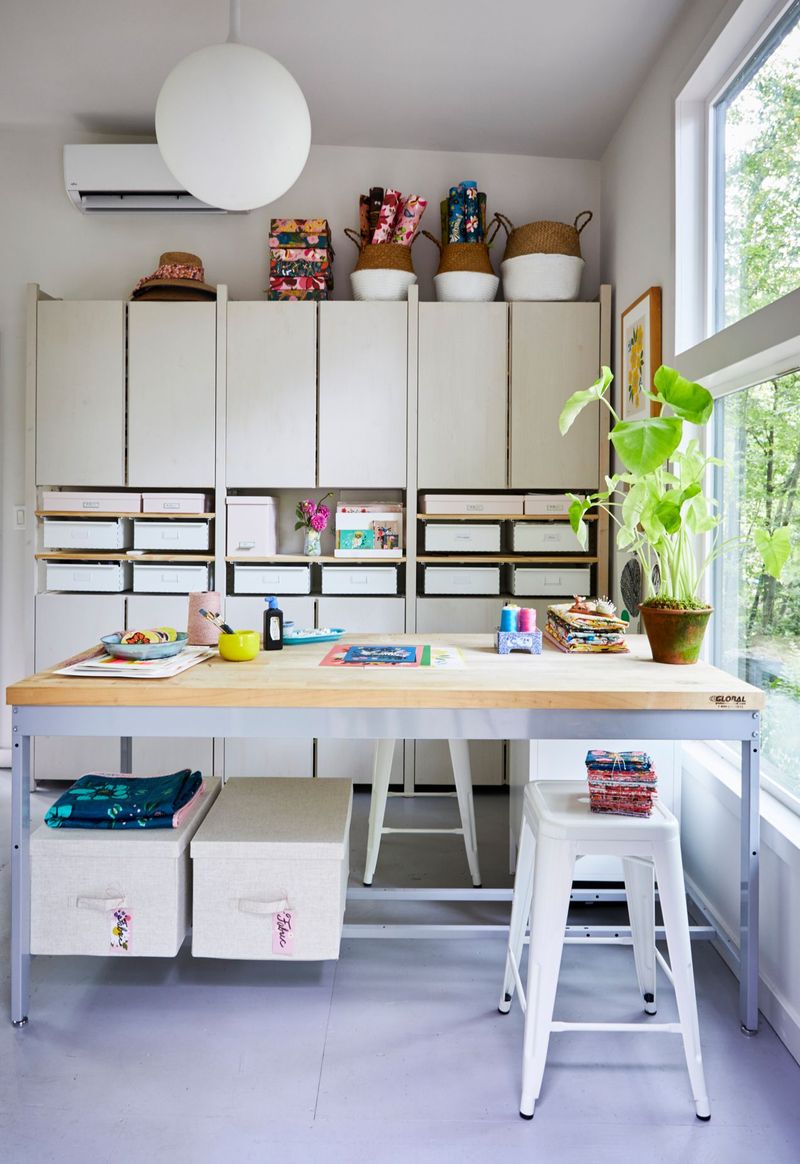
From paint splatters to glue spills and tiny beads that disappear into carpet fibers, craft spaces demand practical flooring.
Finding dropped pins or retrieving small components becomes nearly impossible in carpet pile. Vinyl, laminate, or even painted concrete provides a smooth surface where items can be easily spotted and spills quickly contained.
11. Pet Areas

Our furry friends bring joy but also accidents, fur, and sometimes destructive tendencies. Pet stains can permanently damage carpet and padding, often requiring complete replacement.
Areas where pets spend most of their time benefit from waterproof, scratch-resistant flooring like luxury vinyl planks or tile. These surfaces clean easily and won’t absorb odors that carpet inevitably traps.
12. Home Gyms
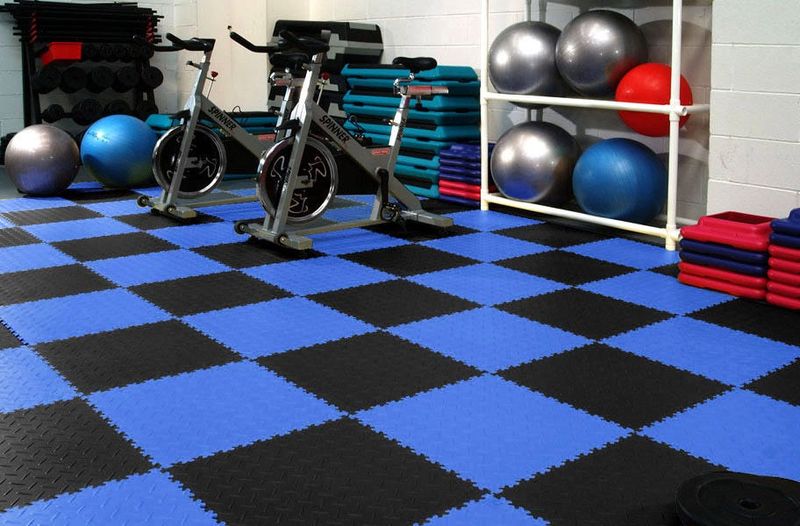
Sweat happens! Exercise spaces collect moisture, odors, and sometimes dropped weights that can damage both carpet and the subfloor beneath.
Heavy equipment can permanently crush carpet fibers or tear them during movement. Rubber flooring, vinyl, or specialized gym flooring offers better cushioning for joints while standing up to equipment and providing easier cleaning after workouts.
13. Under Heavy Furniture
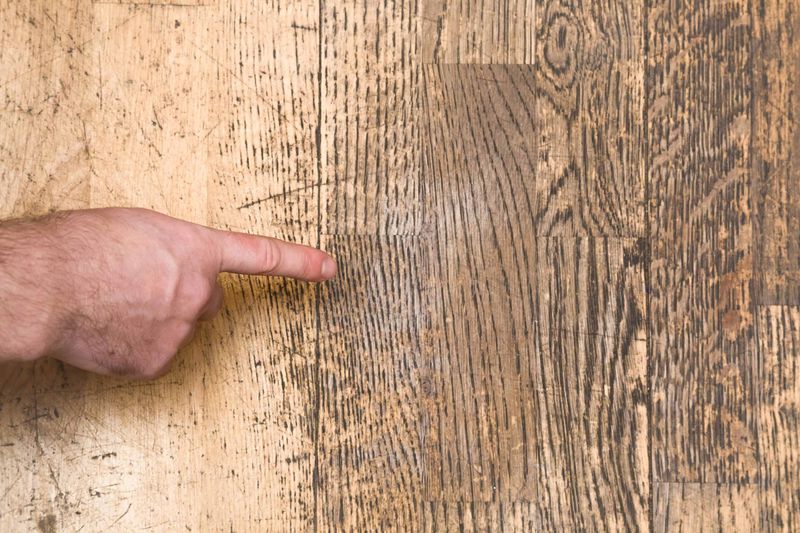
Those dents from furniture legs never fully recover, leaving permanent impressions in carpet even after rearranging your layout.
Large pieces like china cabinets, pianos, or entertainment centers compress carpet backing and padding over time. Hard flooring distributes weight more evenly and won’t develop those telltale compression marks that make carpet look tired and worn.
14. Staircases

While seemingly cozy, carpeted stairs wear unevenly as foot traffic concentrates on the center of each tread. Replacing stair carpet is particularly challenging and expensive compared to other areas.
Hardwood stairs with non-slip treads or runners provide better durability while still offering some noise reduction. They’re also easier to clean and don’t collect dust in corners like fully carpeted stairs.
15. Outdoor-Adjacent Hallways

Corridors connecting to garages, patios, or garden doors face constant outdoor elements tracked indoors. Sand, small pebbles, and dirt particles act like sandpaper on carpet fibers when walked upon.
These transition spaces benefit from durable, easy-to-sweep surfaces like tile or laminate. Consider these hallways extensions of your entryways – practical spaces designed to protect the rest of your home.


